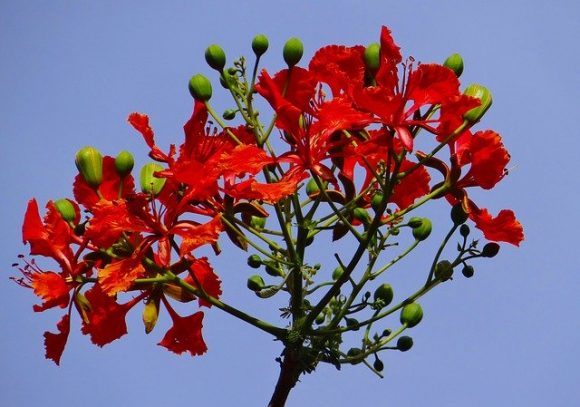All posts tagged leguminosae
Flamboyant, Fiery And Medicinal Flame Tree (Gulmohar)
Gulmohar, also known as flame tree is a beautiful, deciduous, flowering tree belonging to the leguminosae family. The tree is also known as peacock flower tree, royal poinciana and botanically referred to as delonix regia. Continue reading [...]

